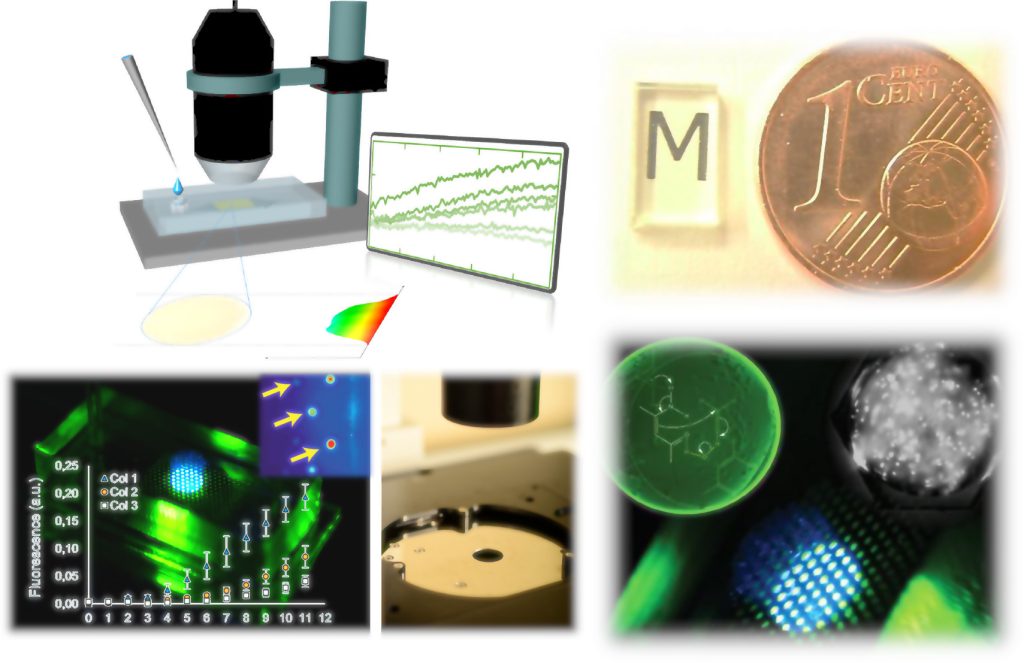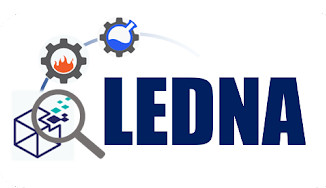Whether indoor or outdoor, we are inevitably exposed to toxic gas on a daily basis, with potential impact on our health1. Whether issued from traffic, agriculture or industry, toxic gas are measured in various environments and under different types of regulations. Many sensing solutions exists depending on situations, target gas, detection levels, delay of response, costs, etc.
At the Sol-Gel Lab, we develop solutions based on the optical chemical detection of gases. Optical chemical detection main advantages are direct and contactless reading, compactness, chemical sensing, selectivity, robustness and the versatility of measurement methods. Our solutions are based on the incorporation of probe molecules within oxide porous materials. These probe molecules react specifically with the target gas, leading to an optical change, for example a color change, within the materials. We produce such detection materials in various format, such as monoliths the size of a coin, or microsystems with sub-millimeters beads2–4.

(1) Ambient-(Outdoor)-Air-Quality-and-Health. https://www.who.int/fr/news-room/fact-sheets/detail/ambient-(outdoor)-air-quality-and-health.
(2) Nguyen, T.-H.; Mugherli, L.; Rivron, C.; Tran-Thi, T.-H. Innovative Colorimetric Sensors for the Selective Detection of Monochloramine in Air and in Water. Sens. Actuators B Chem. 2015, 208, 622–627. https://doi.org/10.1016/j.snb.2014.10.108.
(3) Mugherli, L.; Lety-Stefanska, A.; Landreau, N.; Tomasi, R. F.-X.; Baroud, C. N. Quantifying the Sol–Gel Process and Detecting Toxic Gas in an Array of Anchored Microfluidic Droplets. Lab. Chip 2020, 20 (2), 236–243. https://doi.org/10.1039/C9LC00750D.
(4) Guittet, E.; Frot, C.; Achkar, T.; Lety-Stefanska, A.; Baroud, C. N.; Mayne, M.; Amselem, G.; Mugherli, L. Formaldehyde Sensing with Anchored Porous Bead Microarrays. J. Sol-Gel Sci. Technol. 2023, 107 (2), 312–319. https://doi.org/10.1007/s10971-023-06132-8.




